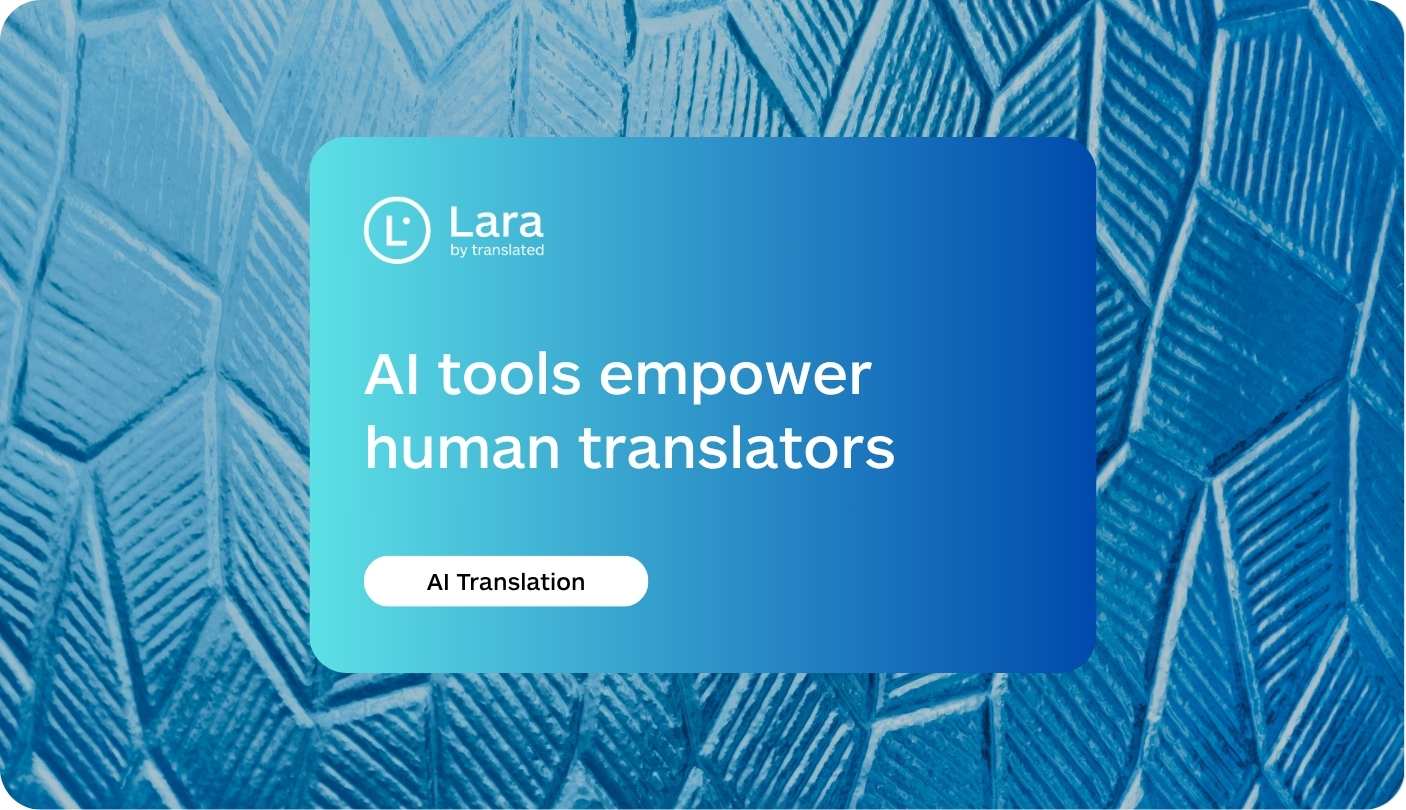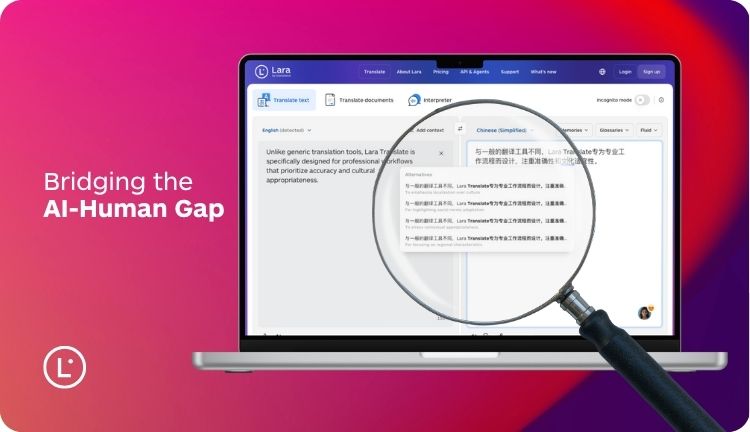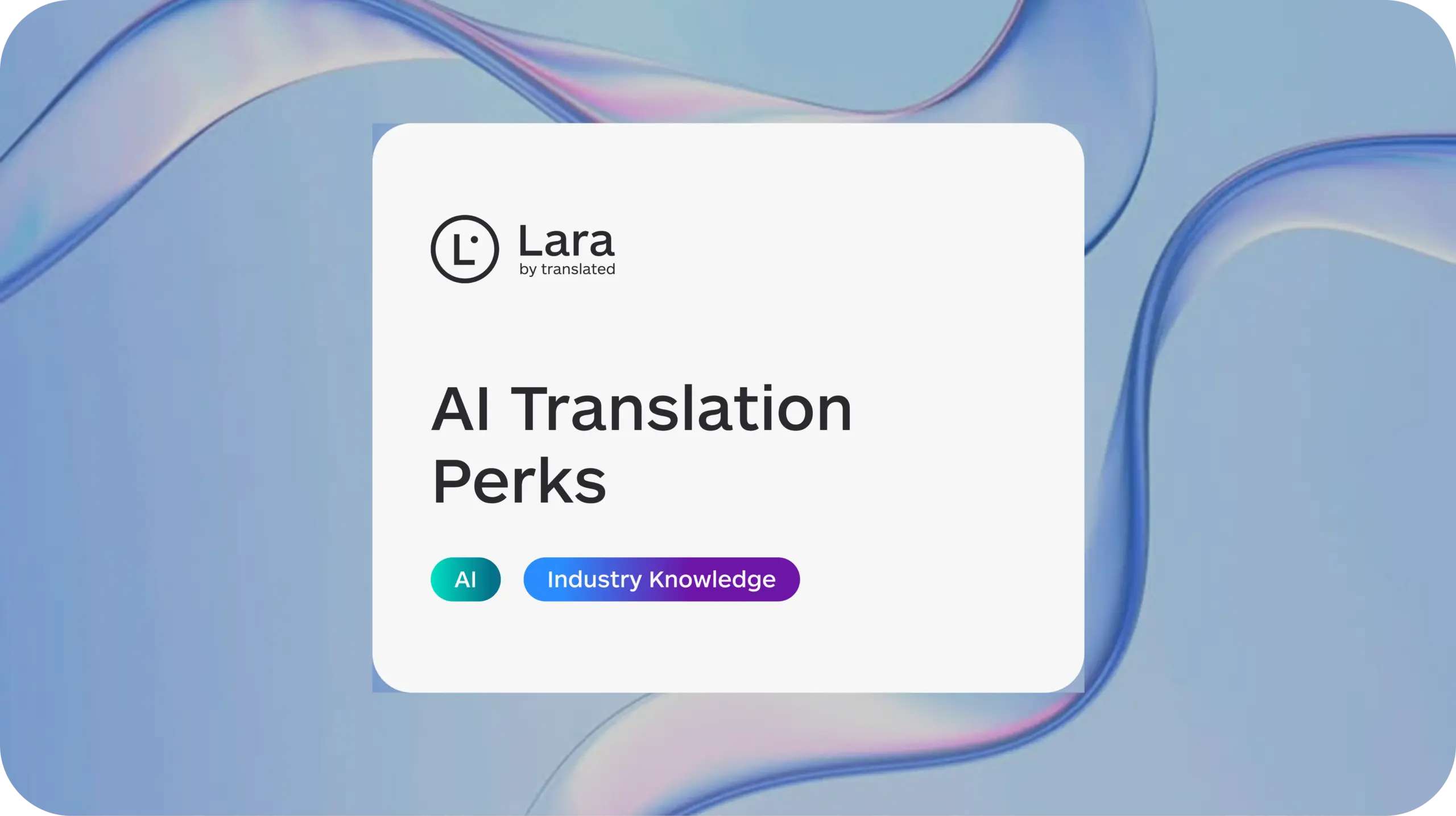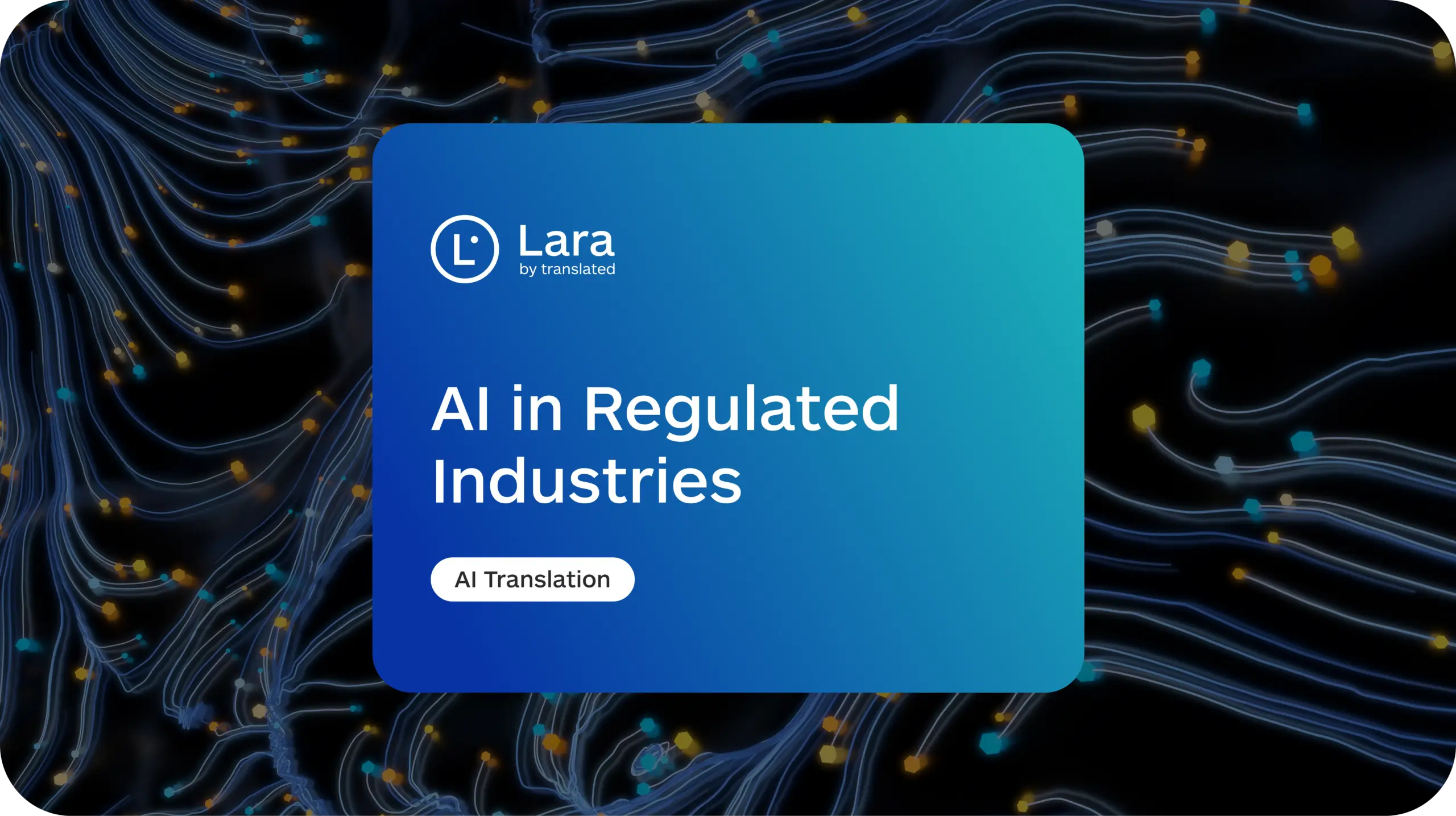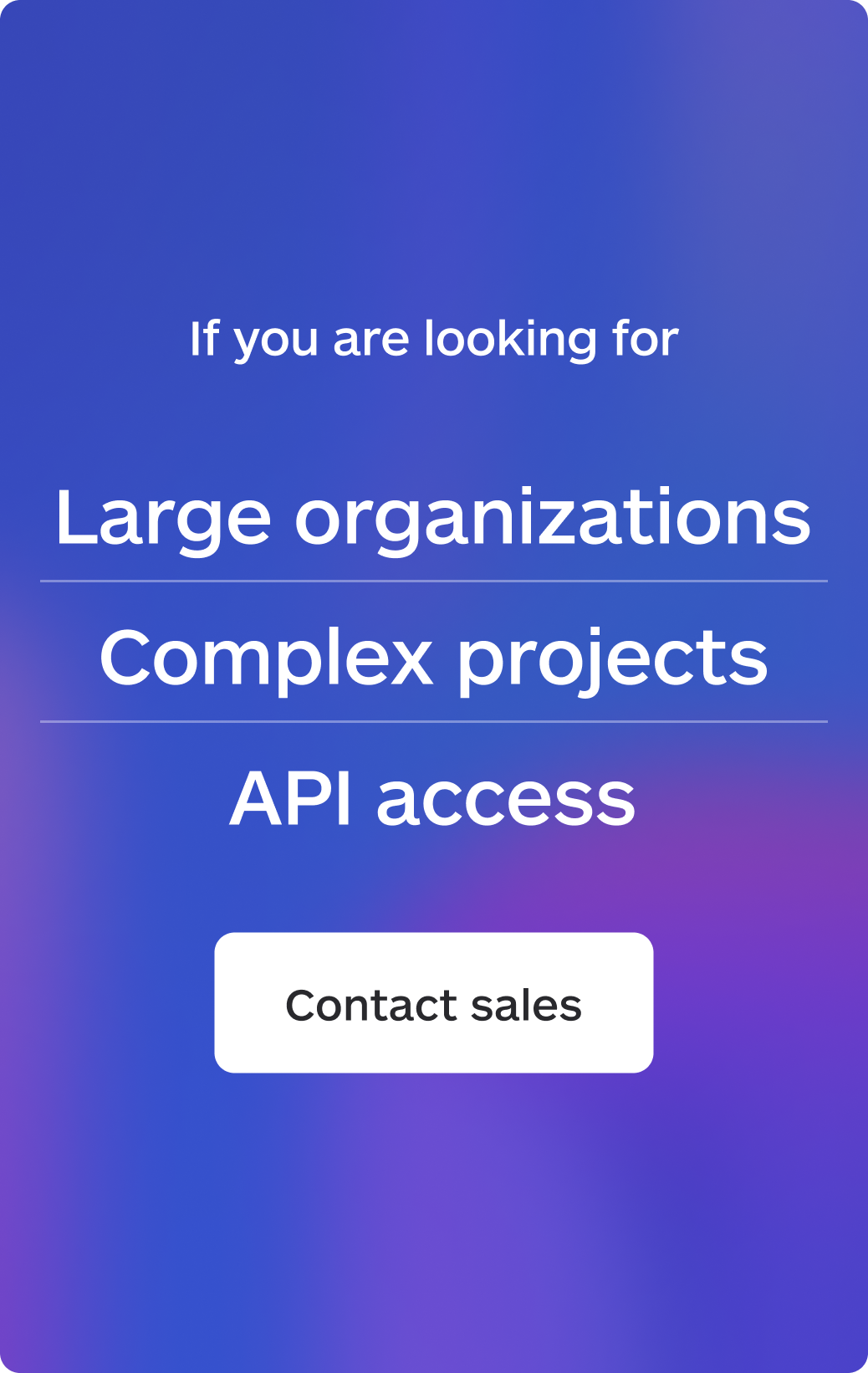Translation is evolving fast — and not in the way many feared. Rather than replacing professionals, AI tools like Lara Translate are helping human translators work smarter, faster, and with more creative freedom. They are becoming AI tools for translators. This shift isn’t about machines taking over, but about technology becoming a trusted ally. The future of translation belongs to those who know how to combine human insight with AI efficiency. Here’s how this powerful collaboration is reshaping the profession.
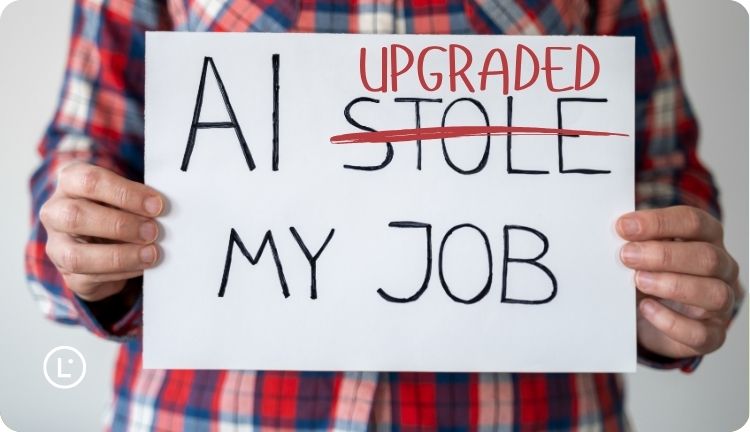
How AI enhances the role of professional translators
The landscape of professional translation has undergone dramatic changes in recent years. Neural machine translation systems have reached impressive levels of fluency and accuracy, especially for common language pairs and straightforward content. Yet instead of making human translators obsolete, these advances have redefined their role — AI tools for translators are highlighting where human expertise is most valuable and how professionals can now operate at a more strategic level.
Human translation is no longer just about converting words from one language to another. It involves cultural intelligence, subject-matter expertise, and creative problem-solving—skills that AI still cannot replicate. In marketing, legal, or creative projects, it’s precisely this nuanced human understanding that ensures tone, intent, and brand consistency are preserved. Today’s translators are increasingly seen as cultural architects and communication strategists, not just language technicians.
With AI handling routine segments, the role of translators has expanded. While using AI tools for translators, many now act as quality reviewers, cultural consultants, or post-editing experts who elevate machine output to professional standards. This shift allows them to focus on complex content and high-stakes communication, where human judgment is essential. In this AI-powered era, translators aren’t being replaced—they’re being empowered to deliver greater value.
Why accuracy matters beyond words
Machine translation can process massive volumes of text in seconds, but it still falls short when context, implied meaning, or cultural nuance come into play. That’s where human translators step in—not just to correct errors, but to ensure precision where it matters most. In fields like medicine or law, even a subtle mistranslation can lead to serious consequences. By combining AI speed with human insight, professionals are not just reviewing output—they’re safeguarding quality, meaning, and impact.
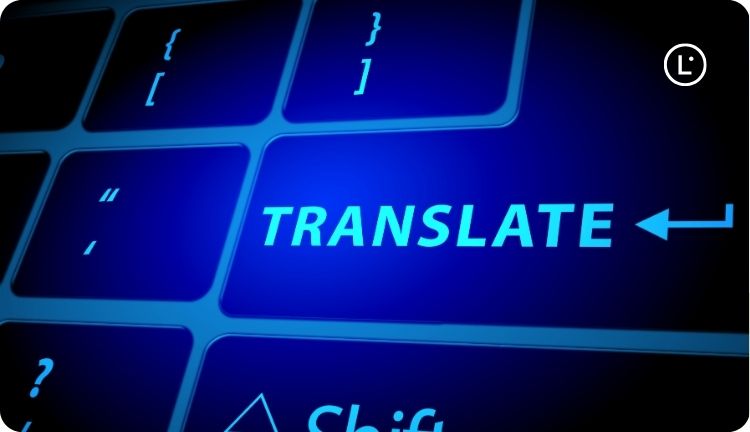
How translators can work with AI
The most successful translation professionals today view AI not as a threat, but as a strategic ally. By adopting hybrid workflows, they combine AI’s processing power with their own cultural and linguistic insight. This synergy enables them to scale their work, meet tight deadlines, and focus their attention where it matters most—on quality, tone, and precision.
This collaboration takes many forms. Some translators use AI for first drafts, then apply their expertise to refine terminology, adapt tone, and ensure cultural relevance. Others work in specialized fields—such as legal, medical, or marketing translation—where their domain knowledge adds irreplaceable value beyond what general-purpose AI can deliver.
Tools like translation memory systems and AI-enhanced terminology databases support consistency and efficiency across projects. These resources learn from previous work and provide smart suggestions, while still leaving key decisions in the hands of the professional. With this balance of automation and human judgment, AI tools for translators can help streamline workflows without compromising quality or control.
The post-editing revolution
Post-editing AI-generated content has become a core skill for modern translators. This practice goes far beyond simple correction: it involves refining fluency, ensuring cultural appropriateness, and verifying semantic accuracy. The best post-editors are not just revisers—they’re strategic interpreters, capable of recognizing when AI falls short and knowing how to elevate content to a professional standard.

This approach reflects a broader shift: from execution to quality leadership. Translators are increasingly valued for their ability to optimize AI output, not replace it. By mastering post-editing, they take ownership of quality while benefiting from AI’s speed. It’s not about fixing mistakes—it’s about adding judgment, nuance, and human creativity where machines alone can’t deliver.
Human oversight in AI translation
The importance of human oversight becomes especially clear when dealing with sensitive or specialized content. Unlike AI, professional translators are accountable for the quality of their work—they stake their reputation on every decision. When machine translation fails, no one takes responsibility. When humans are involved, quality and trust are personal.
Success in the AI era requires adaptability. The most effective translators are constantly learning new tools, developing niche specializations, and creating value through strategic input. Whether through transcreation, subject-matter expertise, or quality assurance, they shape content that machines alone cannot produce.
This is exactly where platforms like Lara Translate come in—enhancing professional control, not replacing it.
Lara Translate: bridging AI and human expertise
Lara Translate represents a new generation of translation technology that’s designed to enhance rather than replace human expertise. Built on advanced Model Context Protocol (MCP) architecture, Lara provides the speed and efficiency of AI while maintaining the flexibility for human oversight and refinement that professional translators require.
Unlike generic translation tools, Lara Translate is specifically designed for professional workflows that prioritize accuracy and cultural appropriateness. The platform supports seamless integration with existing translation management systems, allowing human translators to maintain control over quality while benefiting from AI’s processing power. Learn more about how Lara works to understand the technology behind this innovative approach.
The platform’s focus on AI collaboration means that translators can customize terminology, adjust tone parameters, and apply their professional judgment at every stage of the process. This approach recognizes that the most effective translation solutions combine technological efficiency with human expertise, creating results that neither could achieve alone.
How AI is reshaping translation careers
The impact of AI on translation careers goes far beyond automation. It’s driving the emergence of new roles and transforming existing ones. Today’s translation teams are often hybrid, where human professionals collaborate with AI systems. Roles like quality assurance specialists and cultural consultants are gaining importance, focusing on refining AI output and guiding content through the nuances of global communication.
As AI makes basic translation more accessible, the demand for high-level human expertise is rising. Companies entering international markets need more than raw translation—they need cultural intelligence, domain knowledge, and strategic adaptation. This is where professional translators provide unmatched value.
Career growth in this new landscape means mastering AI tools, understanding their strengths and limitations, and developing complementary human skills. From gaming localization to specialized legal or medical content, translators who adapt are not being displaced—they’re becoming more essential than ever.
FAQs
Will AI replace human translators completely?
No. While AI is powerful, it lacks the cultural judgment, creativity, and accountability that professionals bring. Human translators remain essential—especially for high-stakes, nuanced, or emotionally driven content.
How are human translators adapting to AI technology?
They’re embracing hybrid workflows, mastering post-editing, and specializing in areas where human insight adds strategic value. AI isn’t replacing them—it’s expanding their capabilities.
What types of translation still require human expertise?
Legal texts, medical documents, marketing campaigns, and any content needing cultural adaptation, emotional tone, or precise contextual judgment all require human involvement.
Is the demand for human translators decreasing?
No. AI has made basic translation more accessible, but this has actually increased the demand for expert translators who ensure quality, consistency, and cross-cultural effectiveness.
What role does ethics play in AI-powered translation?
Human translators safeguard ethical standards—avoiding cultural bias, ensuring inclusivity, and making context-sensitive decisions that automated systems can’t handle alone.
This article is about
- How professional translators are using AI to work smarter, not faster
- Why human oversight is essential for high-quality, culturally accurate translation
- The rise of new roles like post-editor, QA reviewer, and cultural consultant
- How platforms like Lara Translate empower translators with flexible AI tools
- The skills professionals need to thrive in hybrid workflows
